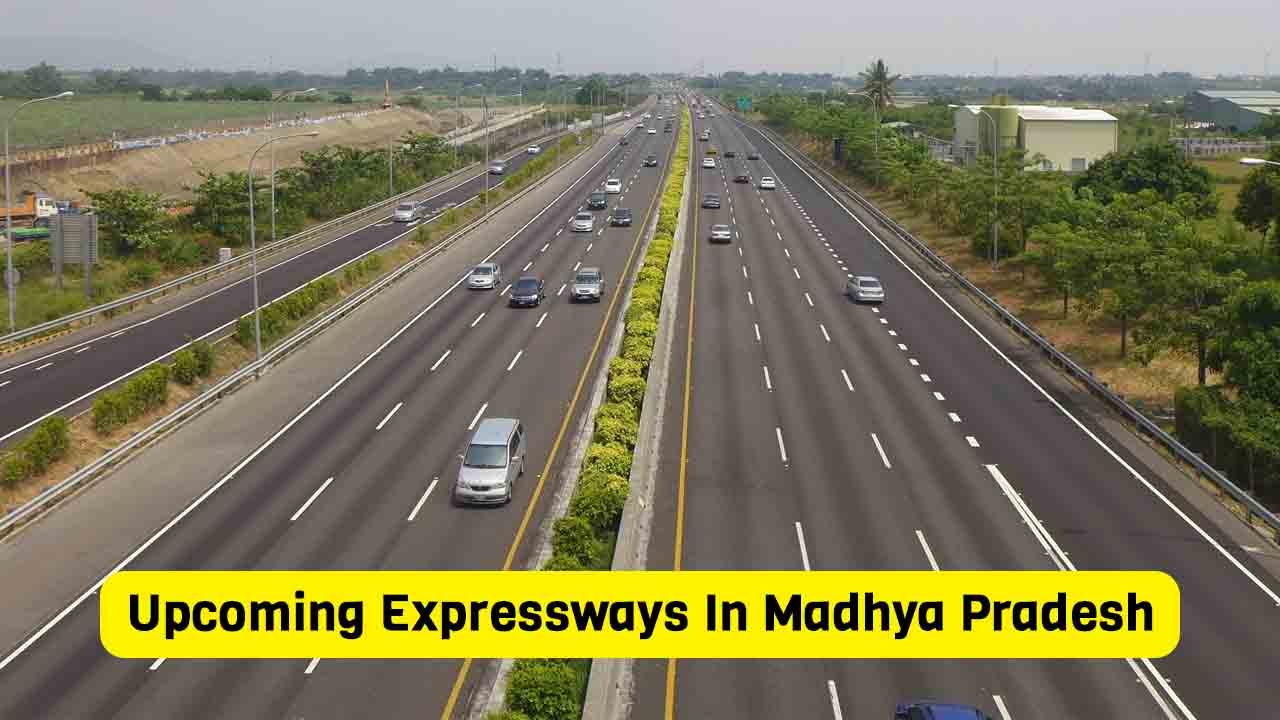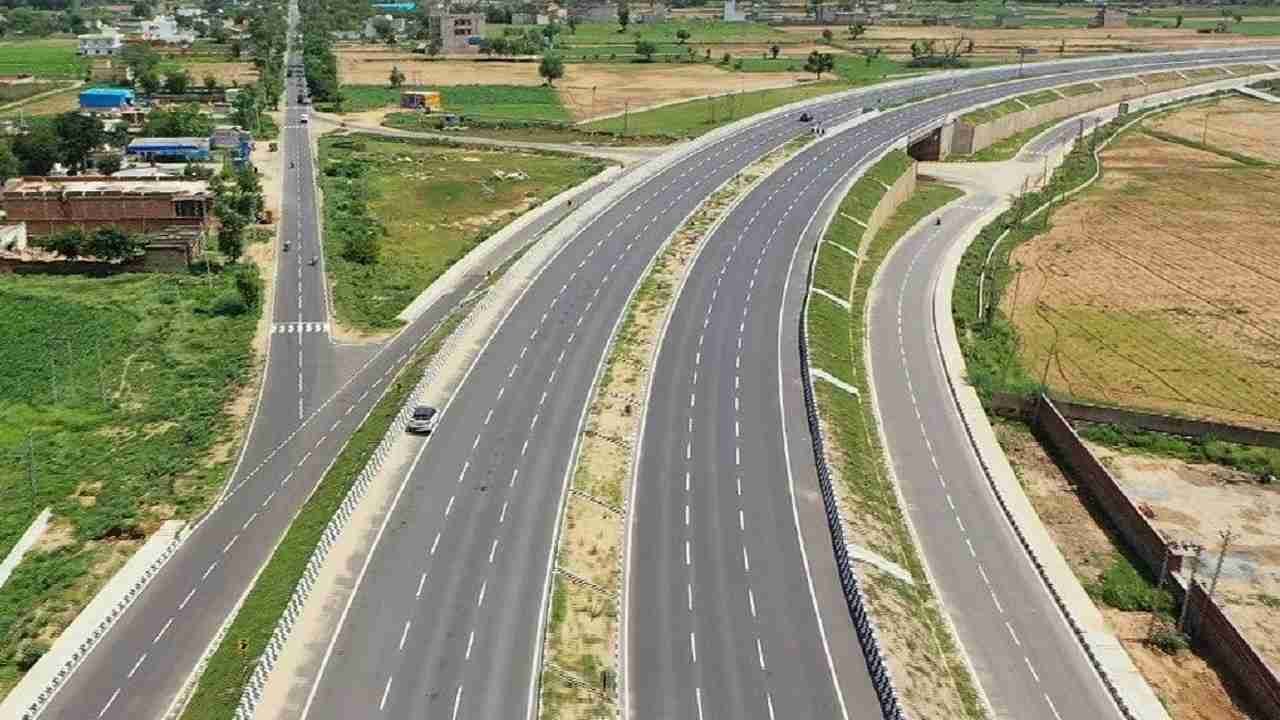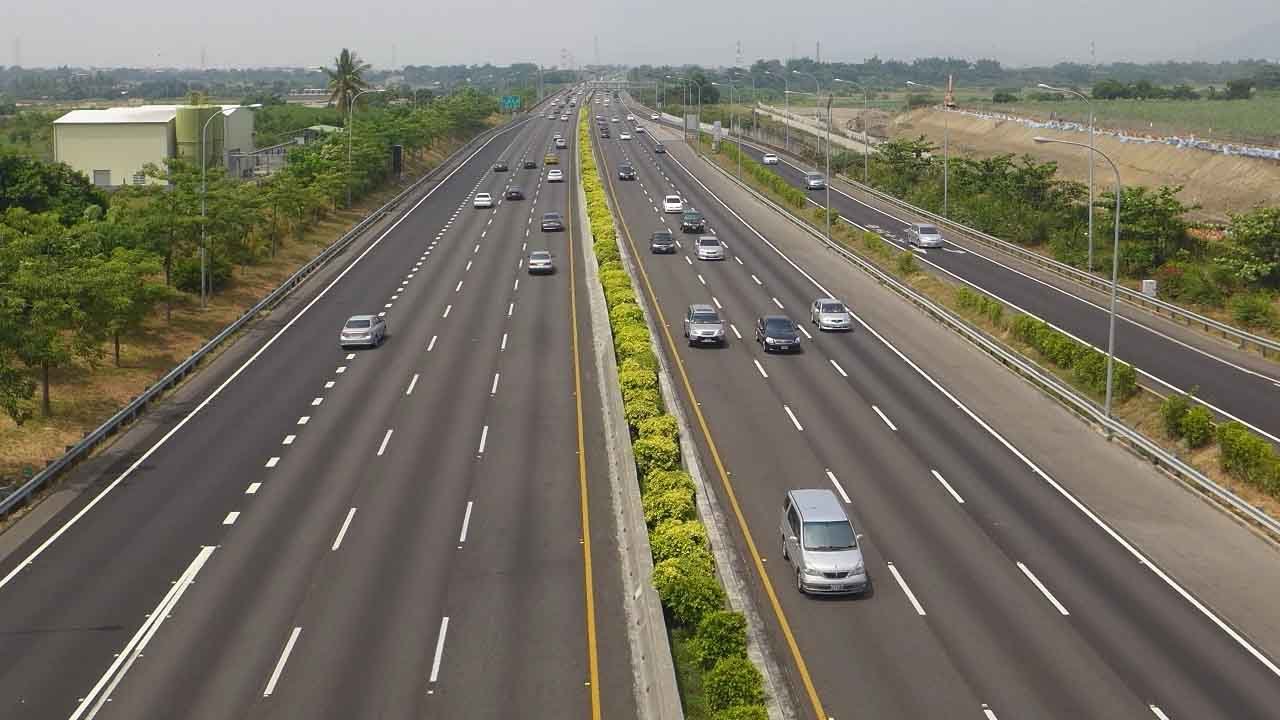To make the journey between Delhi and Dehradun shorter and faster, a new and modern expressway is being built at a rapid pace. This expressway aims to significantly cut down the travel time between the two capital cities, offering a smoother and safer driving experience for commuters, tourists, and transporters alike.
The government is developing high-speed road networks across the country to connect major cities and improve the flow of goods and people. The Delhi-Dehradun Expressway is a key part of this national plan. Once completed, it will reduce traffic pressure on existing roads, lower fuel consumption, and boost economic activity in the surrounding areas by improving access to remote towns and villages.
The expressway is also expected to promote tourism by making it easier for travelers to reach Uttarakhand’s hill stations and religious sites. Overall, this project is set to bring long-term benefits to the region by improving connectivity, saving time, and encouraging regional development.
Table of Contents
Delhi Dehradun Expressway Overview
- Length: 210 km
- Cost: ₹12,300 crores
- Lanes: 6
- Starting Point: Akshardham Temple, Delhi
- Ending Point: Dehradun
- Completion Year: 2024
About Delhi Dehradun Expressway
The Delhi Dehradun Expressway is a major new road project that will stretch 210 kilometers and have six wide lanes. It’s a fully controlled, Greenfield expressway designed for fast and smooth travel.
Back in February 2020, the central government gave its initial approval, and by August 2020, the NHAI (National Highways Authority of India) had also cleared the plan. On December 4, 2021, Prime Minister Narendra Modi officially laid the foundation stone, marking the beginning of this large-scale development.
Out of the 210 km, around 25 km of the road will be elevated, allowing for better flow and fewer disruptions. The route will also include 14 tunnels, built to improve connectivity and reduce travel time. Vehicles will be able to travel at speeds of up to 100 km/h.
A significant 20 km part of the expressway passes through Rajaji National Park, a protected forest area. To protect the animals and environment there, this stretch is being built as Asia’s longest elevated wildlife corridor—allowing animals to move safely underneath the road.
Because the route cuts through a sensitive forest area, the design takes extra care to minimize environmental impact. The expressway is not just a road—it also supports wildlife and natural surroundings.
The total cost of building the expressway is ₹12,300 crore, managed by the National Highways Authority of India.
In addition to the main road, a 12-kilometer-long elevated stretch is also being constructed between Ganeshpur in Uttar Pradesh and Asarodi in Uttarakhand. This segment, costing ₹1,400 crore, is being built to protect wildlife in the Shivalik forests and Rajaji Park.
Most of the expressway section in Delhi will be elevated. Beneath it, a two-lane road will be laid out with service roads on both sides—each with two lanes for local traffic. Bus shelters will also be added for the convenience of daily travelers.
The expressway from Akshardham to the Delhi-UP border is 14.75 km long. Along this stretch, 19 passenger shelters will be placed on each side—38 in total—at key pickup and drop-off points for buses, autos, and other vehicles.
This expressway isn’t just about faster travel—it’s a well-planned road that aims to blend speed, safety, and environmental care all in one.
Delhi Dehradun Expressway Route

The Delhi-Dehradun Expressway will starts near Akshardham Temple on National Highway No. 9. From Akshardham to the Geeta Colony crematorium, the six-lane road will run at ground level.
About 5.5 km from Akshardham, there will be entry and exit points at Gandhinagar–Geeta Colony. More access points will be available at 7.4 km near ISBT–Dilshad Garden Road, 9.5 km on Khajuri Pusta Road, and 11.2 km on Signature Bridge Road.
People living in Saharanpur, Baghpat, Muzaffarnagar, Haridwar, Shamli, and parts of Haryana will benefit greatly from this road. For example, those traveling from Baghpat to Delhi for work—who currently spend more than 1.5 hours—will reach Akshardham in under an hour. The distance will be shortened to just 18 kilometers. Vehicles on this expressway can run at speeds up to 100 km/h.
Those going to Rishikesh will also save time. They’ll be able to reach Rishikesh via Dehradun in only 3 hours. The road will also help reduce traffic jams in the Delhi-NCR area.
Travelers going from Delhi to Uttar Pradesh or Dehradun will enter the expressway right at the starting point. The first part of the expressway will connect Akshardham to the Kundli–Palwal Expressway. The second part will connect the Eastern Peripheral Expressway (EPE) Junction to Saharanpur.
This expressway will make travel faster, easier, and help reduce traffic across the region.
Delhi Dehradun Expressway Progress
According to the National Highways Authority of India (NHAI), 550 pillars are planned for the elevated section of the Delhi-Dehradun Expressway. Out of these, around 400 have already been built, and work is ongoing on the remaining ones.
Another major part of the project is also moving quickly toward completion.
The digging of a 340-meter tunnel, which connects the UP-Uttarakhand border to a key part of the expressway, has been finished. This tunnel is a big part of the central government’s important highway project. Soon, vehicles will start using it, as the final construction work is speeding up.
NHAI says that the tunnel digging began on February 10 this year and was completed on August 16, which is a record time.
The tunnel is located near the Daat Kali temple. It is 340 meters long, with half in Uttar Pradesh and half in Uttarakhand. The width is 14.20 meters, and it’s being made with three lanes so vehicles can pass through easily.
To improve the environment along the expressway, an eco-restoration plan is also being worked on. The aim is to grow greenery along the route. Both Uttarakhand and Uttar Pradesh will take care of planting trees and plants in their parts, with the National Highways Authority covering the cost.
Apart from this, safety measures like fire prevention, water collection pits, and systems to recharge groundwater will also be set up in the park area.
Delhi Dehradun Expressway Opening Date
The Prime Minister will open this important part of the expressway to the public on January 28.
The National Highways Authority of India (NHAI) plans to open the first two phases of the expressway for traffic by December 2023.
The rest of the project might take until March 2024 to finish, but opening these two phases will complete the Eastern Peripheral Expressway (EPE) from Akshardham to Baghpat.
The first phase covers the stretch from Akshardham Metro Station to the Delhi-UP border at Loni. The second phase runs from the Loni border to Baghpat, linking to the EPE.
Construction on both parts is now going full speed. Pillars are being built, and bridges are being put up between Delhi and Ghaziabad. The project is on track to finish on time.
Delhi Dehradun Expressway Benefits
The Delhi-Dehradun Expressway will reduce traffic problems in Loni, East Delhi, and Ghaziabad. After it’s built, there will be a six-lane elevated road and a six-lane service road, making a total of 12 lanes for vehicles.
Right now, it takes about six hours to travel from Delhi to Dehradun and five hours to Haridwar. With the new expressway, these travel times will drop to about two hours to Dehradun and two and a half hours to Haridwar.
Recommended:
- Delhi Amritsar Katra Expressway
- Nagpur Goa Expressway
- Narmada Expressway
- Bangalore Chennai Expressway
- Surat-Chennai Expressway
- Raipur Visakhapatnam Expressway










